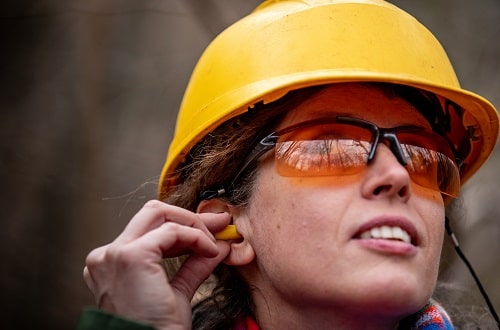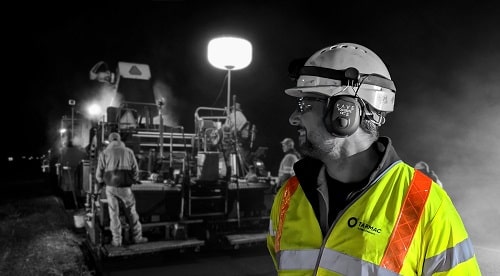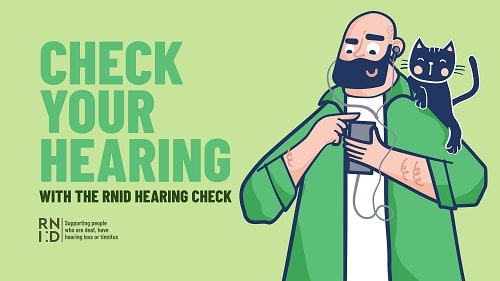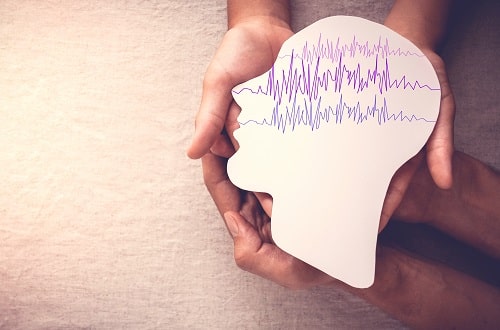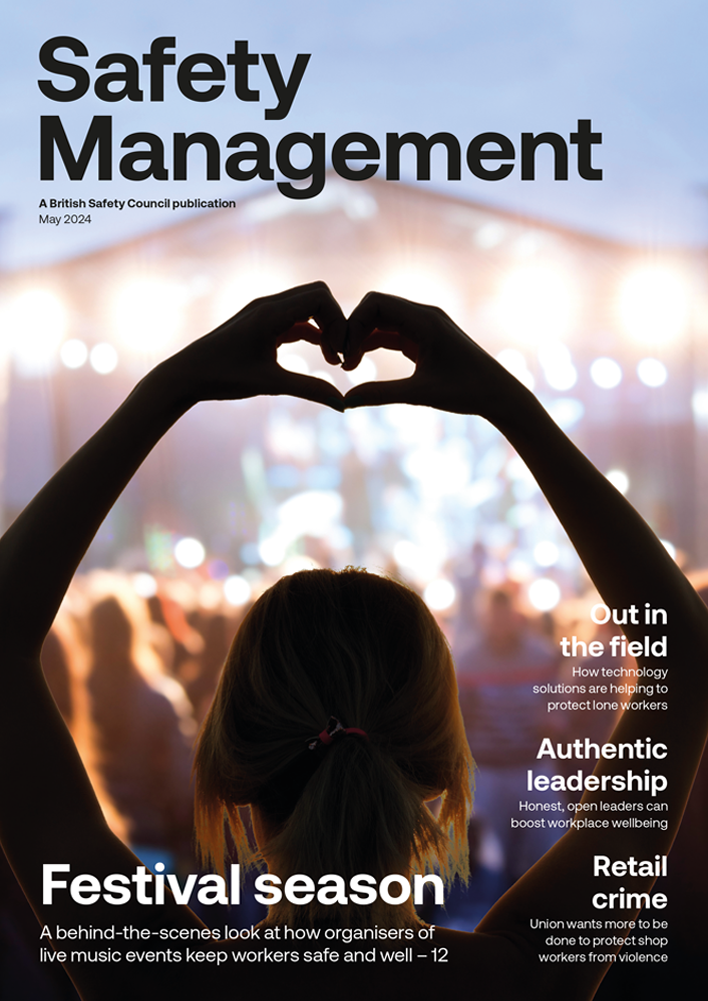Backstage pass: how do festival organisers keep staff and visitors safe?
As festivalgoers prepare to pull on their wellies, dig out their sunhats and dust off their tents ahead of another summer of live outdoor events, Safety Management looks behind the scenes at how festival organisers keep the armies of workers tasked with setting everything up safe and well.
By Kerry Reals on 29 April 2024







